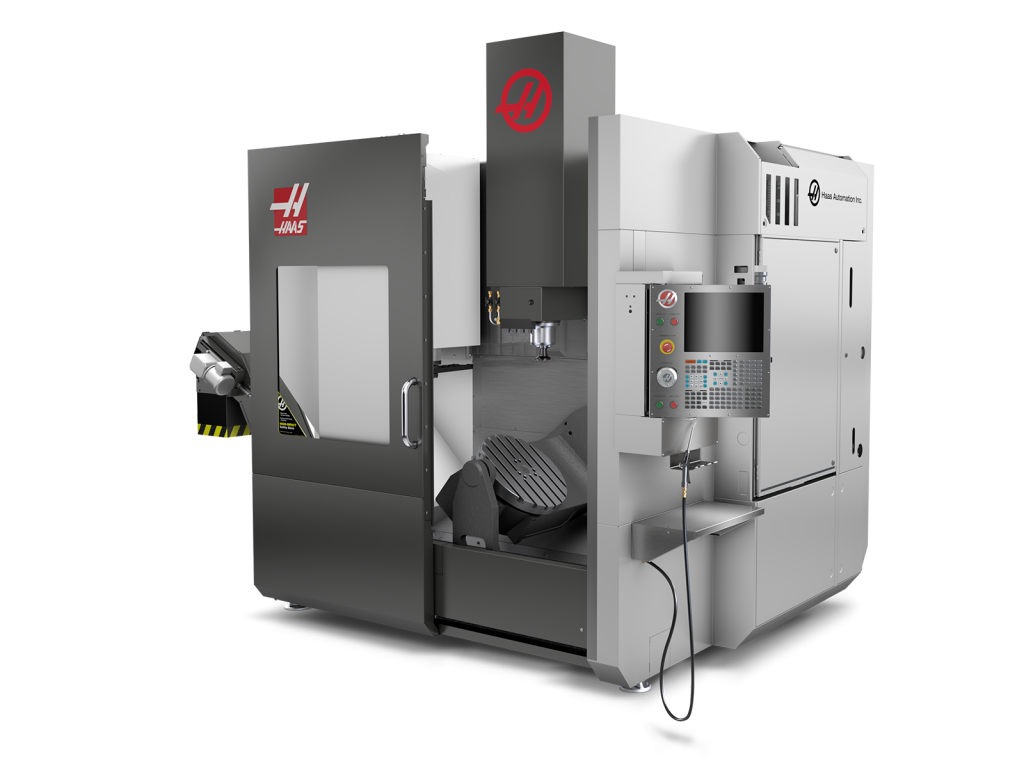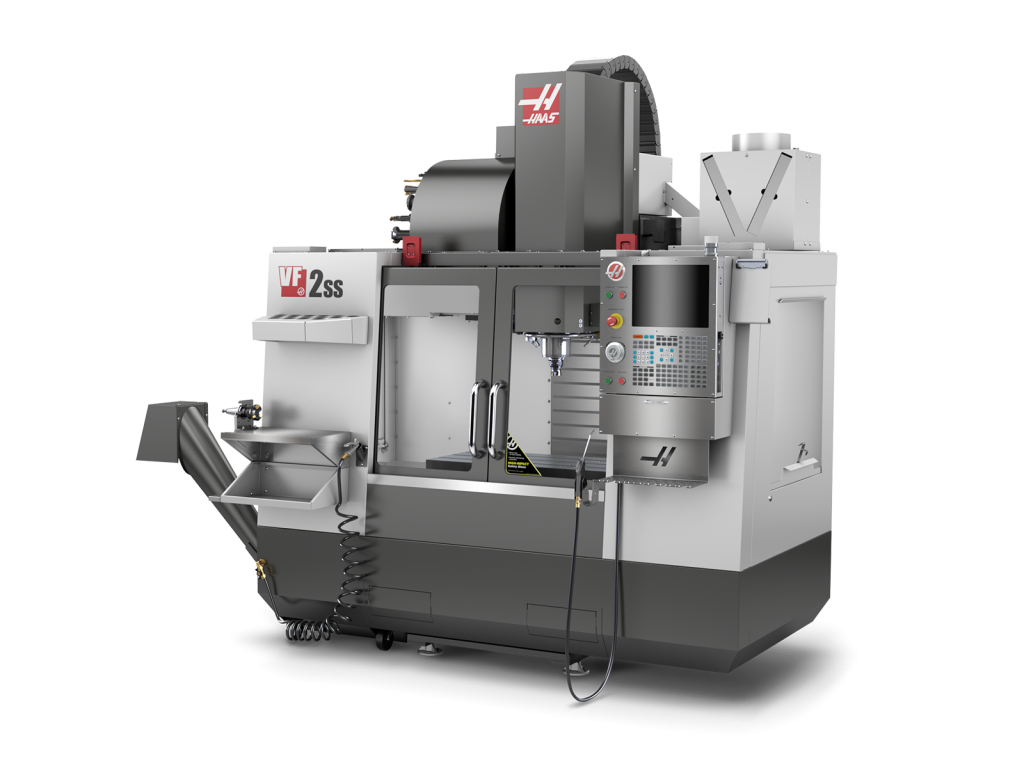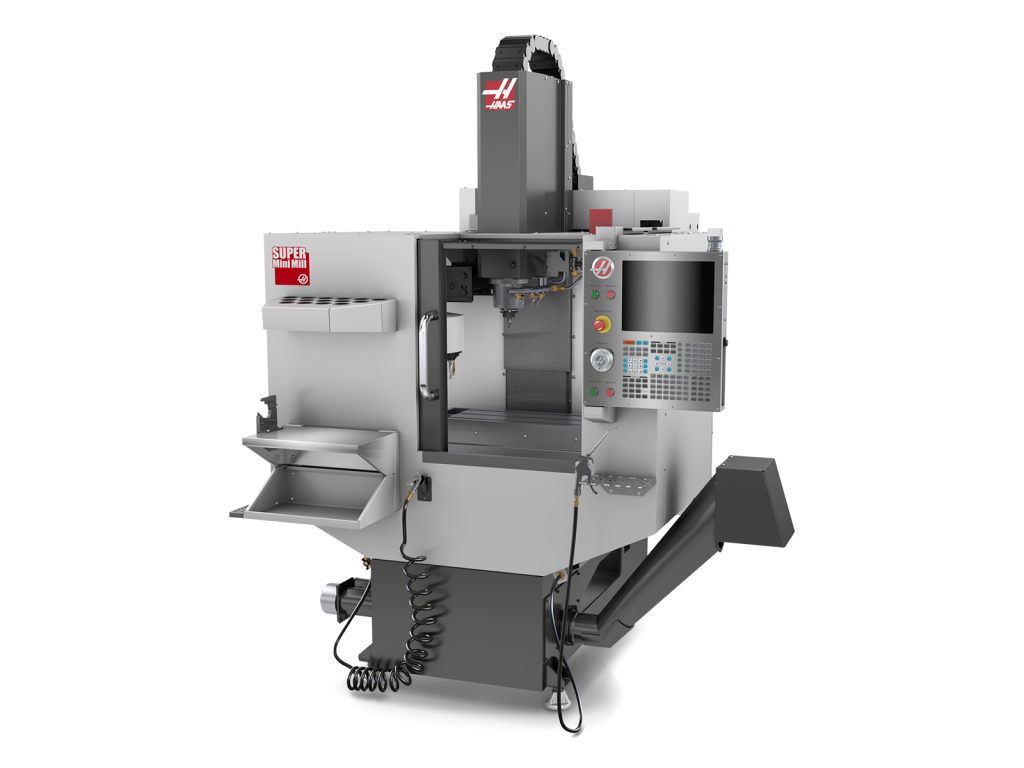Abbey Precision
Abbey Precision has been a Haas user for over 22 years. Manufacturing high-end, bespoke engineering solutions, they were originally founded as ED Engineering, before being rebranded by the Pope and Meads Group in 2008.
Abbey’s 20 Haas machines make up almost the entire workshop, from the two mills, purchased in 1996, which are still in use on a daily basis, through the turning section, to their collection of three UMC-750SS 5-axis universal machining centres.
Based in Milton Keynes, Abbey specialises in precision engineering and small to medium batch work for the military, automotive and motorsport industries. Five larger customers make up 90% of their work, including Mercedes F1, where they supply an extensive range of parts from small intricate plastic electrical housings to titanium floor panels measuring almost a metre in length. The racing giant has recently named Abbey their Metallic Supplier of the Year 2017.
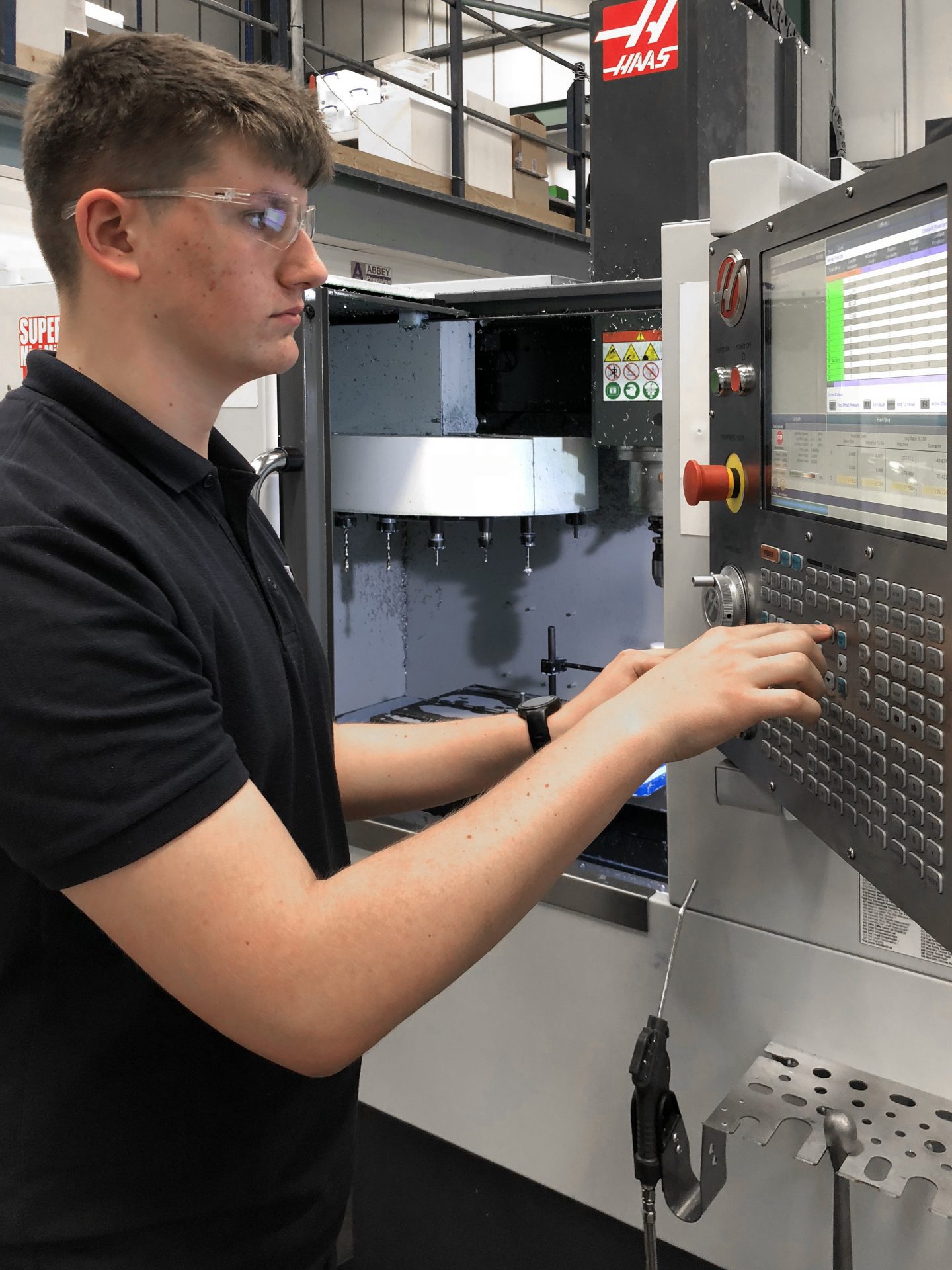
Recent growth has been impressive. Managing Director, Steve Spicer, has seen turnover triple since his inauguration in 2011 and employee numbers have risen from 16 to 37 in under five years. To sustain this progress a new material store was built last year, and plans are already in place for a much larger extension to the factory.
Steve sights a number of reasons for Abbey’s continued return to the Haas brand. “The prices are very competitive,” he explains. “I always get at least one other quote but Haas can’t be matched. Their response to queries is good, machine delivery times are fast, and we’re impressed by the feature sets.
“We prefer the continuity of the Haas control because it’s universal throughout the models. It makes moving a job from one machine to another simple, and the operators can be transferred from mills to lathes and vice versa when necessary.
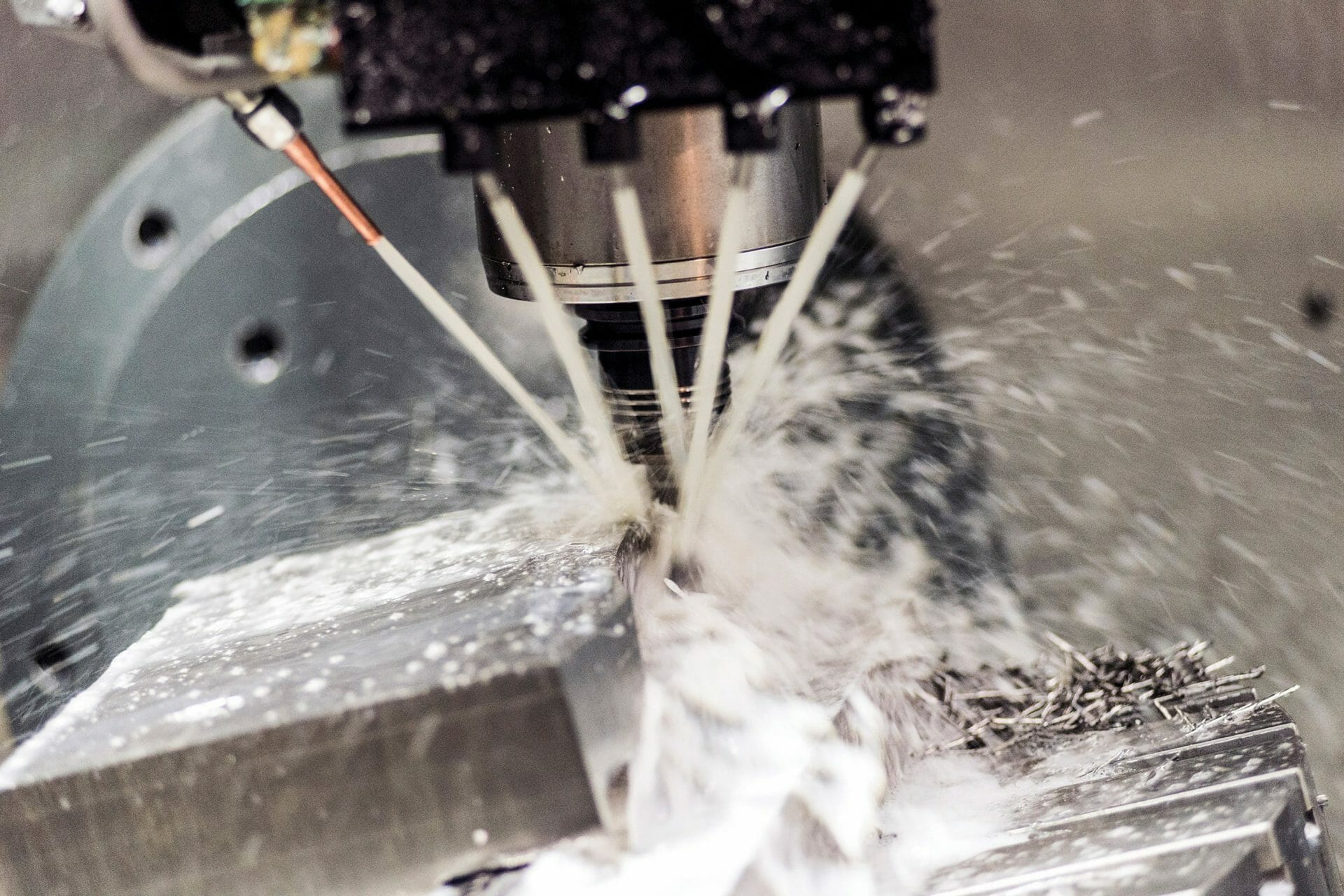
In 2017 Abbey invested in their third 5-axis machine, another Haas UMC-750SS. This machine is equipped with an integrated high-speed 2-axis trunnion, 15,000 rpm spindle and 40+1 side mount tool change as standard.
“Haas gave us some 5-axis training; they were very patient, very knowledgeable.
“We have three UMCs now and two VF-2SS with 5-axis trunnions, so we have plenty of experience behind us. With our most recent machine, we were cutting metal on it an hour after the engineer had finished the installation.
“We always use Haas WIPS [Wireless Intuitive Probing System], which cuts set up times and is useful for tool breakage detection. WIPS guides our operators through the job set-up process with easy-to-use templates. Particularly useful is the ability to define work offset coordinates, set tool length offsets, and to perform in-process inspection within the program.
“The older Haas machines just keep going, they’re mechanically sound and still within tolerances. We notice the improvements, though, with every machine we buy. The newer machines can do peck tapping and have more memory for holding larger programs which is very helpful.
“Even the little refinements, like a holster for the air gun, all make a difference. It’s evolution rather than revolution, which is reassuring for us because the basics remain the same. The machines are like a cross between workhorses, for their reliability and power, and racehorses for their speed and agility; they’re exactly what we need.”
“The machines are like a cross between workhorses, for their reliability and power, and racehorses for their speed and agility; they’re exactly what we need.”
Steve Spicer, Managing Director


